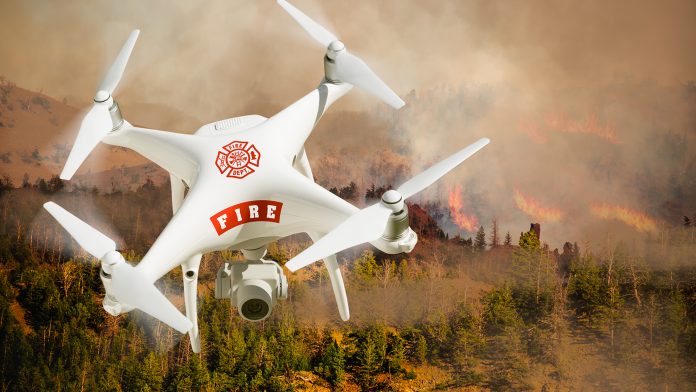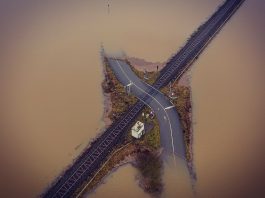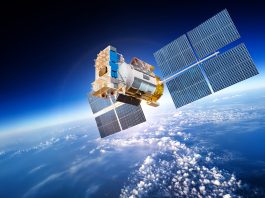Unmanned Aerial Vehicles (UAVs), commonly referred to as drones, have evolved into indispensable assets in disaster response and humanitarian aid.
Their adaptability, cost-effectiveness, and ability to access hazardous or remote areas have revolutionised humanitarian aid and disaster response operations. However, alongside their potential benefits lie several challenges that impede their full utilisation.
Let’s delve into the multifaceted world of drones in disaster management, exploring their applications, recent deployment cases, and their crucial role across different disaster cycle phases.
Understanding UAVs
UAVs, with their capability to swiftly navigate challenging terrains and provide real-time imagery, offer a plethora of advantages.
From assessing damage post-disaster to delivering vital humanitarian aid, their applications are extensive. Yet, limitations such as operational range, payload capacity, and the shortage of skilled personnel hinder their widespread adoption.
Regulatory hurdles and concerns about privacy violations further complicate their integration into disaster response frameworks.
Recent deployment cases
In crises like floods in Libya or earthquakes in Morocco, drones have been instrumental. They’ve mapped damage, aided in search and rescue missions, and assessed infrastructure vulnerabilities.
The versatility of UAVs is unparalleled, as showcased by their role in recent deployment cases. During the 2023 floods in Libya, drones played a pivotal role in assessing the extent of damage caused by the collapse of dams upstream of Derna.
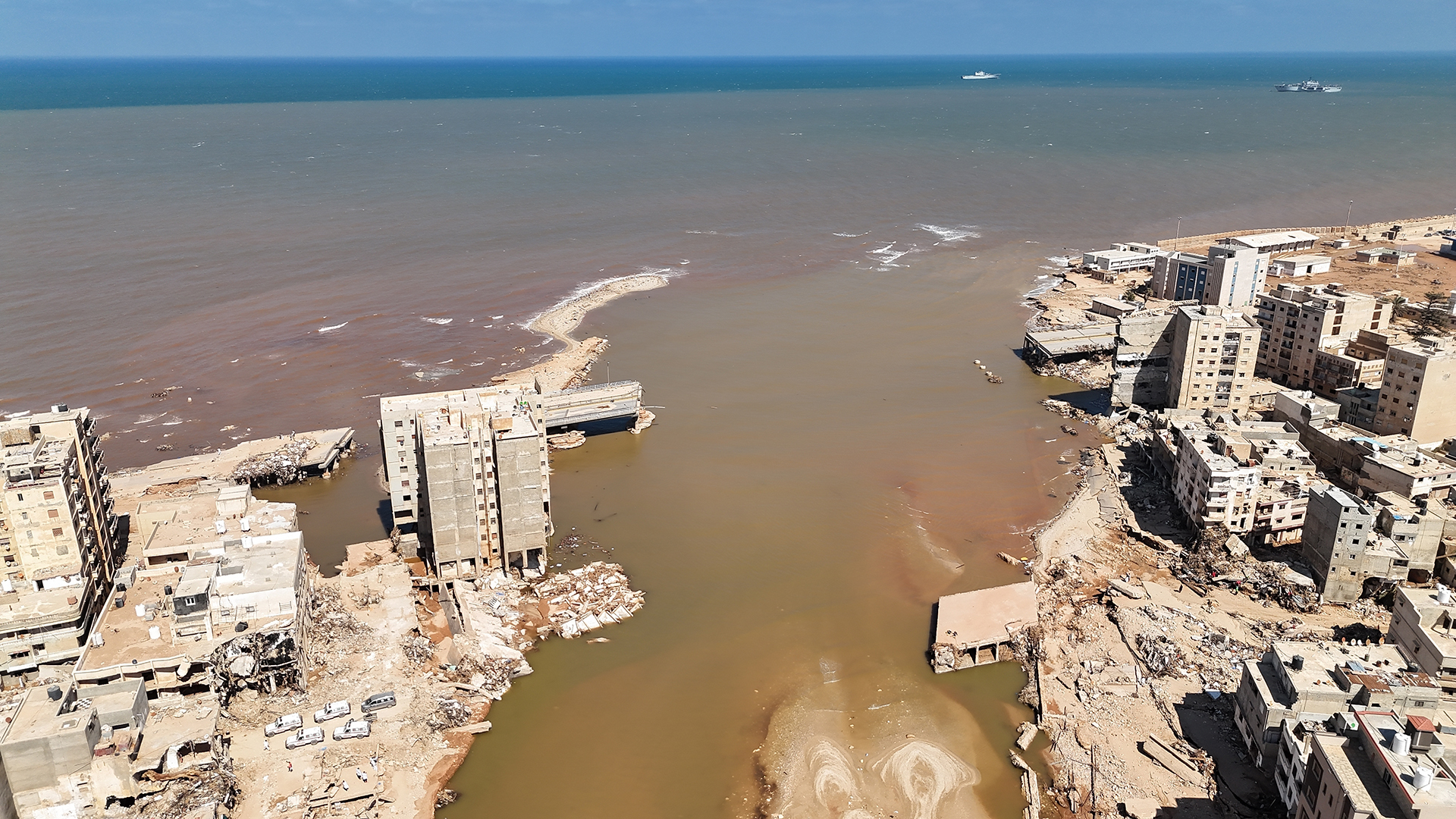
They not only captured aerial imagery but also identified affected infrastructure, aiding utility companies in their restoration efforts.
Similarly, in the aftermath of Cyclone Eloise in January 2021 across multiple regions in Africa, drones were instrumental in search missions and impact assessment. Their ability to provide immediate and accurate aerial imagery aided in locating survivors and prioritising aid distribution.
From a disaster cycle view
Throughout the disaster cycle, drones play diverse roles. They aid in risk assessment, preparedness, response, and recovery. From identifying vulnerable areas to facilitating immediate evaluations, they contribute significantly at every phase, making relief efforts more effective.
Mitigation and disaster preparedness
In mitigation and preparedness, drones are pivotal. They identify risks, map vulnerabilities, and pinpoint areas for aid delivery.
Their ability to conduct surveillance swiftly aids in setting up temporary facilities and logistical planning. Despite challenges like cost and regulatory barriers, drones remain essential in enhancing mitigation efforts.
Immediate response and recovery
During immediate response, UAVs locate survivors and assess damage swiftly. They assist utility companies in prioritising repairs and provide crucial aerial updates for reconstruction efforts.
In the long-term recovery phase, they continue aiding logistical challenges and delivering humanitarian aid to inaccessible areas, expediting the recovery process.
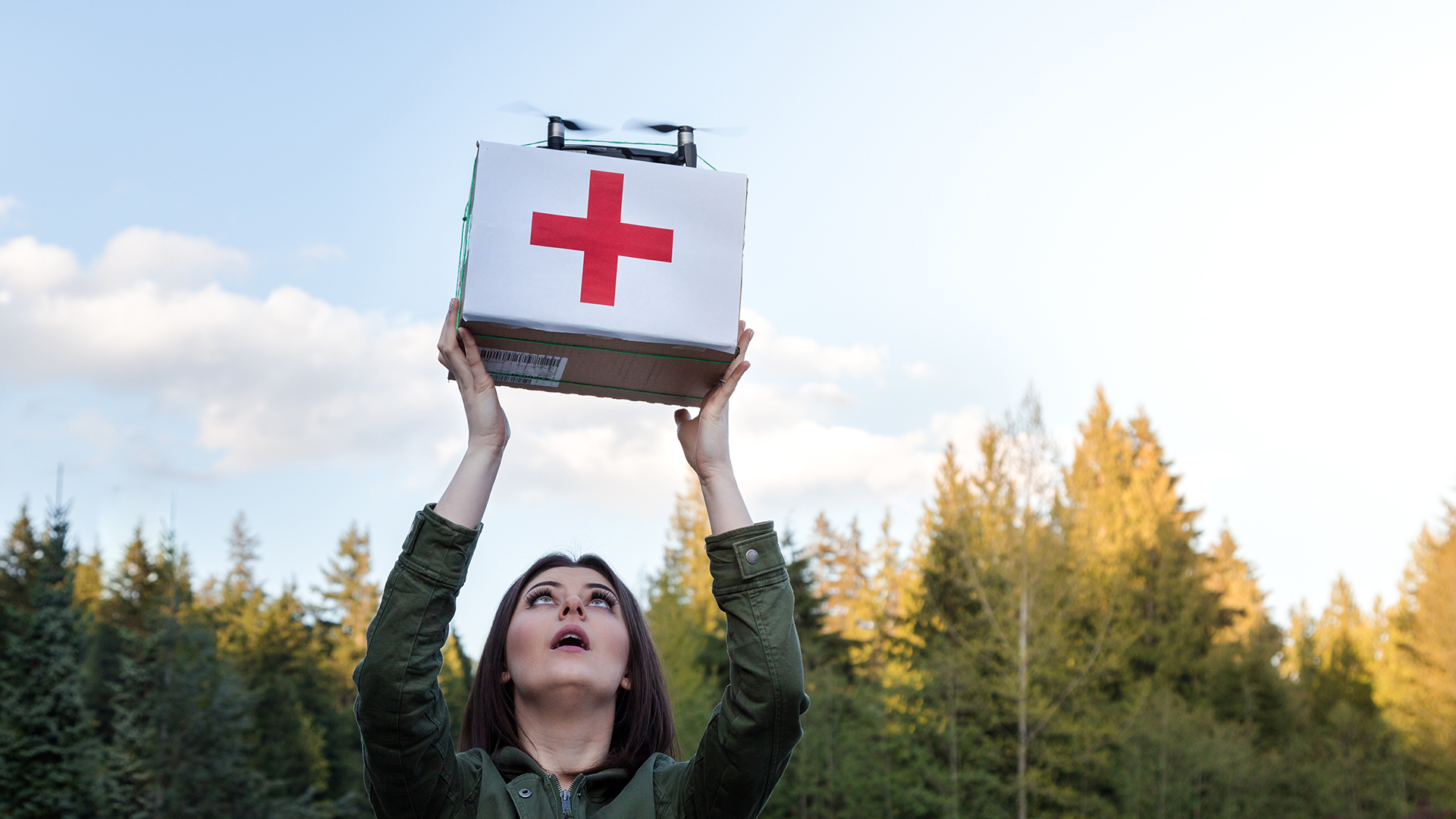
Challenges and barriers
Despite their potential, obstacles hinder drones’ effective utilisation in disaster relief. Range limitations, cost, infrastructure challenges, and regulatory restrictions hamper their deployment.
Addressing these hurdles requires coordinated efforts, technological advancements, and policy adjustments.
Ethical and security concerns
Privacy, data protection, and security risks accompany drone usage. Inadvertent data collection, misuse by militias, and operational limitations pose ethical and security challenges. Addressing these concerns is crucial for responsible drone usage in humanitarian contexts.
The future of disaster response
The future of drones in disaster response necessitates robust regulatory frameworks, international cooperation, and comprehensive training programmes.
Balancing their potential with ethical considerations and addressing operational constraints is key to leveraging drone technology effectively.
Investments in infrastructure and research into multi-modal transport involving drones are essential for their seamless integration into global disaster response strategies.
Drones, with their rapid evolution and expanding applications, stand as transformative tools in disaster management.
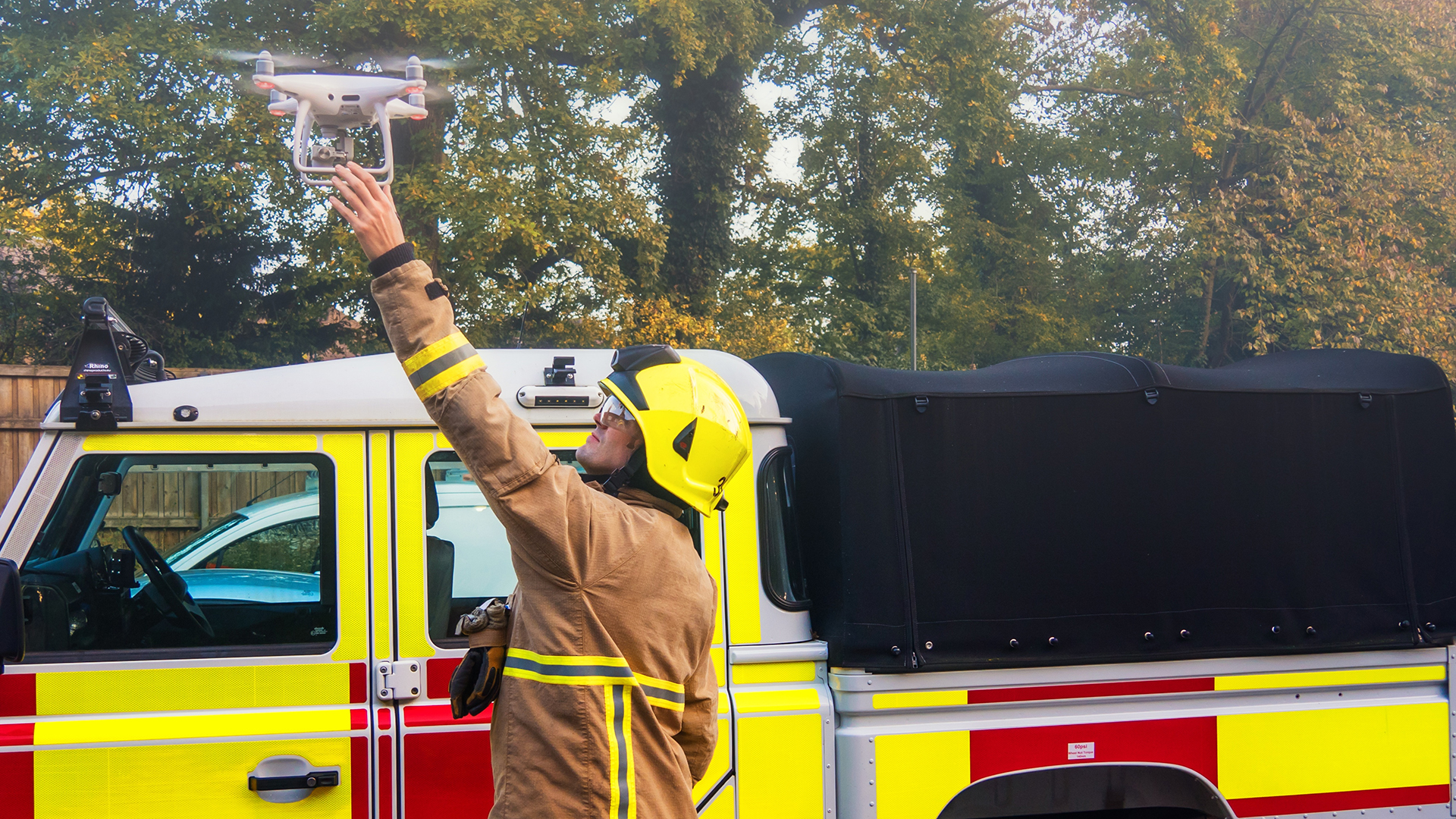
However, despite these successes, challenges persist. Limitations in operational range and payload capacity hinder the full potential of drones, especially in large-scale disasters or remote areas.
Additionally, high costs, infrastructure limitations, and regulatory barriers pose significant hurdles to their deployment in humanitarian missions.
Ethical and security concerns also loom large. Privacy violations, data protection, and the potential misuse of drone technology raise valid concerns about their usage in disaster-stricken areas.
Striking a balance between the immense potential of drones and addressing these ethical, security, and operational constraints is imperative for their effective integration into disaster response strategies.
Looking ahead, the future of drones in disaster management relies on collaborative efforts. International regulations should establish comprehensive directives on privacy, data protection, and usage restrictions to ensure responsible drone usage.
Local regulations must also support, rather than hinder, drone operations, requiring governments to re-evaluate and adjust existing policies.
Moreover, training programmes for personnel handling drones are essential. These programmes should equip responders with the necessary skills for efficient drone operation during missions, ensuring their seamless integration into relief operations.
Investments in infrastructure frameworks supporting drone networks and ongoing research into multi-modal transport involving drones will optimise their integration into existing transportation systems across different geographical contexts.
In conclusion, drones hold immense potential to transform disaster response and humanitarian aid. However, realising this potential requires addressing challenges, both technical and ethical and fostering an environment conducive to responsible and effective drone usage.
By surmounting these hurdles, drones can significantly enhance the efficiency and effectiveness of relief efforts worldwide.

